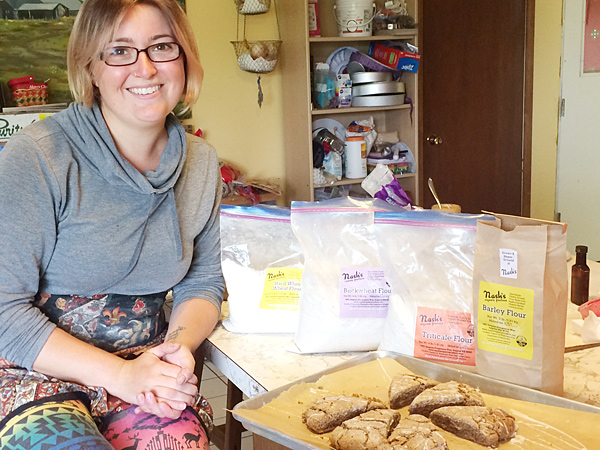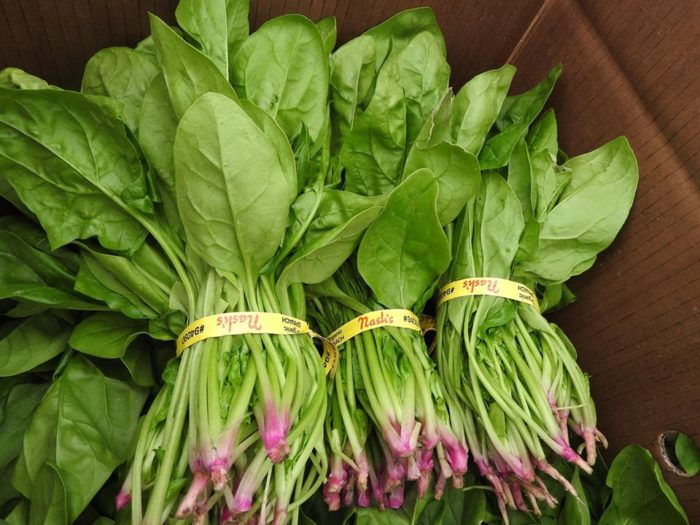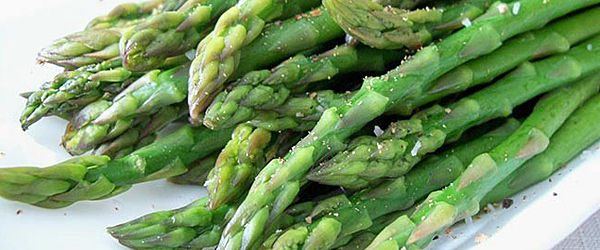
Bre is one of the farm’s unofficial Makers of Snacks. She spoils us with tasty treats! In addition to occasionally baking for us, she also works on our Harvest Crew and at farmer’s markets.
Bre has picked up a few baking tips over the years. “Try to have all your ingredients the same temperature before you mix them. Get a good sifter to thoroughly mix your dry ingredients. Keep that journal, because if you make a slight change that works well, you want to remember it!”
2 cups flour (can be different kinds)
2 Tbsp. sugar
2 tsp. baking powder
1/2 tsp. baking soda
1/2 cup chilled and cubed butter
3/4 cup buttermilk
1 egg, separated
Preheat your oven to 375 degrees and line a baking sheet with parchment paper. Next, prepare your floured surface for shaping the dough.
(Option if you don’t have buttermilk: Prepare “buttermilk” by combining 1 cup milk and 1 tablespoon lemon juice in a bowl. Let stand 5-10 minutes and measure 3/4 cup liquid from the bowl.)
Combine the dry ingredients in a large bowl or a food processor. Either cut in the cold butter with a pastry cutter or pulse in a food processor until a sandy texture is reached. (Larger butter chunks will lead to flakier scones)
Whisk egg yolk and buttermilk together. Then combine with dry ingredients with a wooden spoon until a dough forms. If it feels too wet or sticky add a small handful of flour and mix until just combined. Trust your instinct!
Pour dough onto a floured surface and shape into a 7 inch disc. (Optional: knead in dried fruit, chocolate chips, raisins, nuts, etc.) Then cut into 8 equal wedges.
Place on your baking sheet and brush on reserved egg white. For softer scones, place touching each other in a tight circle. Bake 25-29 minutes or until barely brown on the edges. Place the sheet on a rack to cool for 10 minutes.
Once cooled, feel free to add a powdered sugar drizzle (see below) or top with preserves.
Powdered Sugar Drizzle (Optional)
1 cup powdered sugar
2 Tbsp. water or milk
1 Tbsp. vanilla.
Combine all drizzle ingredients in a small bowl, adjusting quantities to your desired consistency or top with preserves
Bre’s Baking Tips
Breanna (Bre) Krumpe came to work for Nash’s several years ago and has become one of our most valued employees. She works with the harvest and packing crews, and is also a solid marketeer, anchoring our Seattle markets several times a month. In addition to being a talented musician, she enjoys baking and has been experimenting with different types of flour from Nash’s Farm..
She started her baking “career” while working in a corporate office in Portland.She felt that the atmosphere was too sterile and cold, so she boosted morale and built friendlier relations with her co-workers by baking something for each person’s birthday. “I’m good with spices and flavors, and I like to experiment,” Bre says. “I’ve gotten to the point where flavors are usually good, so now I’m playing with textures.”
Once on the farm, Bre realized she had access to lots of different kinds of grains and flours. She began trying the different kinds, keeping a journal of her recipes and how things turned out when she changed one flour for another. “I bake lots of scones because they are pretty easy and the taste of the flour doesn’t have to compete with other flavors, so you can really compare flavors and textures.”
- Her favorite of Nash’s flours, so far, is the triticale. “I love the nutty flavor for cookies an brownies.”
- Nash’s soft white wheat flour is more delicate. “It puffs up more, so my scones are more like cake.”
- The hard red is more grainy and rustic, good for bread. “It’s so ‘alive.’ I use it for sourdough bread, and each loaf is unique.”
- She’s just started playing with barley flour. “It makes a fluffier scone than triticale, and has an earthier flavor, but it crumbles a little. I may have to add more oil or moisture.”
- Combining flours makes for even more interesting flavors. “Buckwheat is almost sweet, so I combine buckwheat and triticale for great taste and texture.”
Have you tried this recipe? Tell us how it turned out!








